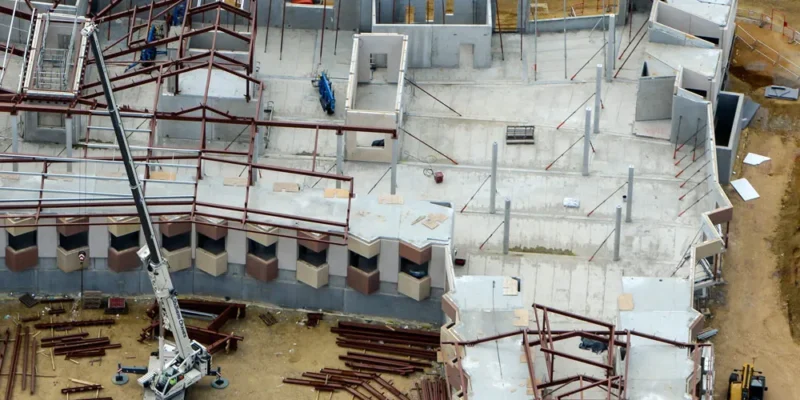Offsite construction of facilities is becoming increasingly popular with the main reason being that it is safer and more economical than onsite construction. The main advantage of offsite construction is that it allows for a better quality of workmanship as well as reducing the risk of accidents, which is of particular importance to contractors who have been involved in accidents on site.
Offsite construction is a process that involves building a facility in a controlled environment away from the site where it will be installed. It typically involves two separate processes: Fabrication and Assembling. Fabrication occurs at a manufacturing facility while assembling takes place on site where the facility will be installed.
The first step in offsite construction is to build the facility in a controlled environment. That means contractors can control factors such as temperature and humidity levels so they don’t affect quality or safety during fabrication. Once fabrication is complete, the structure is moved to its final location via truck or rail car for assembly. In most cases, this process takes place over several days or weeks depending on how big the building is. For example, if you’re building an eight-story hospital then it may take weeks for assembly due to its size compared to a two-story office building that might only need one day of assembly time.
Reduced time for completion – When a building is built on-site, it takes longer to complete than when it is constructed off-site. This means that businesses can get back up and running faster after a natural disaster or other emergency situation. In addition, construction delays can be avoided by using pre-fabricated parts and equipment.
Easier relocation – Companies often relocate their offices or factories when they outgrow their current location or need more space because they are expanding into new markets or increasing production volumes. Off-site construction can allow them to move much more quickly than if they had to wait months while a new facility was being built on-site. This can be especially beneficial in emergency situations where businesses may need to move immediately because of fire damage or other hazardous conditions caused by extreme weather events such as hurricanes and tornadoes.
This method allows for greater accuracy and quality control, leading to less waste and fewer mistakes during the building process. Offsite construction also has a faster completion rate than traditional onsite construction, which means you’ll have your facility up and running sooner!
Nowadays, offsite construction is a proven business model. Its popularity increases with each passing year, and the number of people who have chosen this option as their first choice in constructing buildings has been on the rise. The efficiency of offsite construction is also something that cannot be neglected. This method makes commercial projects cheaper and can be considered as one of the best options for achieving the goals within the limited budget. You can contact Merit for more information.














Comments